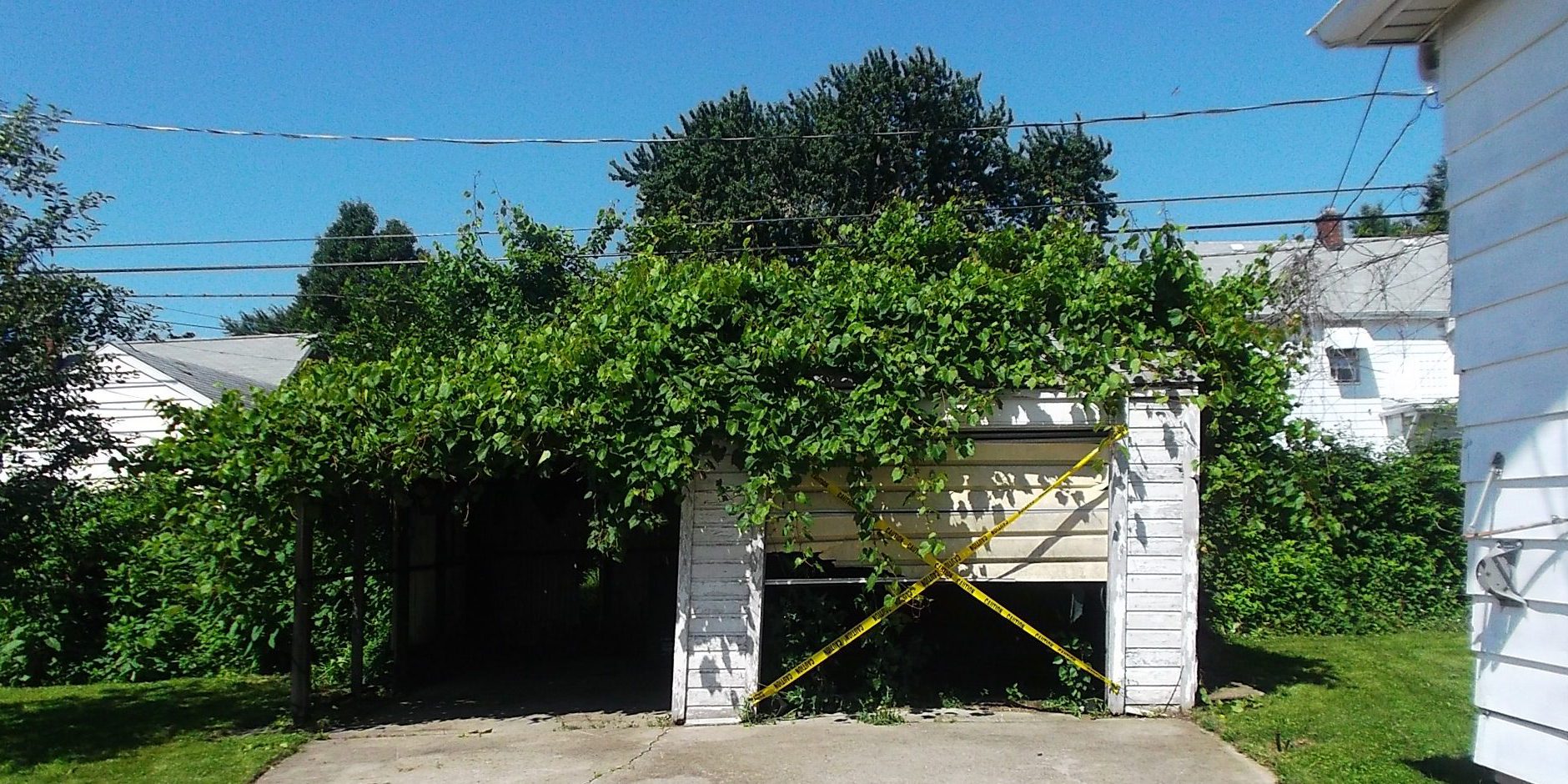The Fair Housing Center joined the National Fair Housing Alliance (NFHA), 18 other fair housing organizations, and two homeowners in Maryland to file a federal lawsuit against Bank of America, N.A., Bank of America Corp., and Safeguard Properties Management, LLC (“Bank of America/Safeguard”). The lawsuit alleges Defendants intentionally failed to provide routine exterior maintenance and marketing at Bank of America-owned homes in working- and middle-class African-American and Latino neighborhoods in 37 metropolitan areas, while they consistently maintained similar bank-owned homes in comparable white neighborhoods. More than 1,600 homes were investigated, including 44 homes in the Toledo area.
“This is not an isolated problem,” stated Michael Marsh, President and CEO of The Fair Housing Center. “This is the same discriminatory conduct we have seen with other national banks, impacting neighborhoods across the country. Owning a home is the foundation of both personal wealth and neighborhood stability. Neglect and blight of foreclosed homes only adds to the disinvestment that has been devastating communities of color for decades. It is impossible to address the need without acknowledging the cause—and holding those entities accountable.”
The data presented in the federal lawsuit, which is supported by 35,000 photographs, shows a glaring pattern of discriminatory conduct by Bank of America/Safeguard. In neighborhoods of color, Plaintiffs found evidence of poor maintenance such as wildly overgrown grass and weeds, unsecured doors and windows, damaged steps and handrails, accumulated trash and debris, unsecured pools, graffiti, and even dead animals decaying in yards. The lawsuit alleges that Bank of America-owned homes in predominantly white working- and middle-class neighborhoods are far more likely to have the lawns mowed and edged regularly, invasive weeds and vines removed, windows and doors secured or repaired, debris and trash removed, leaves raked, and graffiti erased from the property.
This lawsuit is the result of a multi-year investigation undertaken by NFHA and its fair housing agency partners. Beginning in June 2009, NFHA met with Bank of America officials for more than a year and offered recommendations to ensure proper treatment of its homes in communities of color. However, after seeing absolutely no improvement in routine exterior maintenance of Bank of America-owned homes in communities of color, NFHA began a multi-year, multi-city systemic investigation. Bank of America was put on notice multiple times since 2009, including the filing of a HUD housing discrimination complaint.
“Bank of America and Safeguard’s deplorable and intentional inaction left innocent homeowners exposed to numerous health hazards and personal risks. No one should have to live like this due to Bank of America’s refusal to maintain its own properties,” said Lisa Rice, President and CEO of NFHA. “NFHA and the co-plaintiffs filed this lawsuit to make sure that these discriminatory practices come to an end and that perpetrators like Bank of America are held responsible for their unjust policies and practices,” Rice continued.
The poor appearance of Bank of America-owned homes in middle- and working-class neighborhoods of color destroys the homes’ curb appeal for prospective owner-occupant buyers and invites vandalism because the homes appear to be abandoned. Additionally, the blight created by Bank of American/Safeguard results in a decline in home values for African-American and Latino families who live next door or nearby, deepening the racial wealth gap and inequality in America.
Highlights of Significant Racial Disparities in Toledo
Between 2012 and 2017, The Fair Housing Center investigated 44 Bank of America foreclosures in African American, White, and predominantly non-white neighborhoods in Toledo.
• 28.6% of the REO properties in predominantly white neighborhoods had fewer than 5 maintenance or marketing deficiencies, while only 6.3% of the REO properties in neighborhoods of color had fewer than 5 maintenance or marketing deficiencies.
• 93.8% of REO properties in neighborhoods of color had 5 or more marketing or maintenance deficiencies, while only 71.4% of the REO properties in white neighborhoods had 5 or more marketing or maintenance deficiencies.
• 50.0% of REO properties in neighborhoods of color had 10 or more marketing or maintenance deficiencies, while only 7.1% of the REO properties in white neighborhoods had 10 or more marketing or maintenance deficiencies.
• 6.3% of REO properties in neighborhoods of color had 15 or more marketing or maintenance deficiencies, while none of the REO properties in white neighborhoods had 15 or more marketing or maintenance deficiencies.
The plaintiffs are represented by Brown, Goldstein & Levy, LLP.
Below is a list of the fair housing organizations and individual plaintiffs involved in the investigation:
NATIONAL FAIR HOUSING ALLIANCE
HOUSING OPPORTUNITIES PROJECT FOR EXCELLENCE, INC.,
METRO FAIR HOUSING SERVICES, INC.
NORTH TEXAS FAIR HOUSING CENTER
FAIR HOUSING CENTER OF WEST MICHIGAN
FAIR HOUSING CONTINUUM, INC.
SOUTH SUBURBAN HOUSING CENTER
HOPE FAIR HOUSING CENTER
METROPOLITAN MILWAUKEE FAIR HOUSING COUNCIL
FAIR HOUSING CENTER OF CENTRAL INDIANA
DENVER METRO FAIR HOUSING CENTER
FAIR HOUSING OPPORTUNITIES OF NORTHWEST OHIO, INC. D/B/A TOLEDO FAIR HOUSING CENTER
GREATER NEW ORLEANS FAIR HOUSING ACTION CENTER
FAIR HOUSING ADVOCATES OF NORTHERN CALIFORNIA
FAIR HOUSING CENTER FOR RIGHTS & RESEARCH
FAIR HOUSING CENTER OF NORTHERN ALABAMA
MIAMI VALLEY FAIR HOUSING CENTER
CONNECTICUT FAIR HOUSING CENTER
FAIR HOUSING COUNCIL OF GREATER SAN ANTONIO
FAIR HOUSING CENTER OF THE GREATER PALM BEACHES
WANDA ONAFUWA
CHEVELLE BUSHNELL
JALEN BUSHNELL


